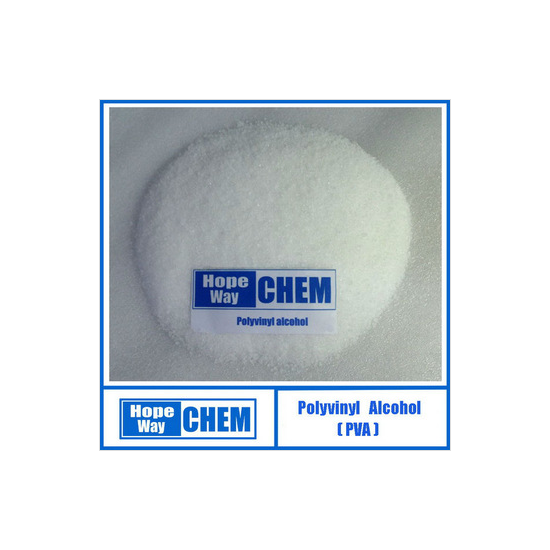- Home >> Polyvinyl Alcohol(PVA) >> Polyvinyl alcohol-polivinil álcool supplier, manufacturers

Polyvinyl alcohol is used as an emulsion polymerization, as
protective colloid, to make polyvinyl acetate dispersions. This is the
largest market application in China. Some
other uses of polyvinyl alcohol include:
.Paper
adhesive with boric acid in spiral tube winding and solid board production
.Thickener,
modifier, in polyvinyl acetate glues
.Textile
sizing agent
.Paper coatings ,release liner
Dissolving Device ■Vessel PVA is usually processed in the form of aqueous solution. Since the solution is slightly acidic (pH 5~7), vessel should be made of materials, which will not contaminate the solution with corrosive material or rusts. Stainless steel vessel, enameled containers or polyester tanks are recommended. The specific gravity of PVA is ranging from 1.26 to 1.31, which is heavier than that of water. Low agitation speed or unfavorable agitating condition sometimes causes coarse particles to precipitate and to block the outlet of the dissolving tank. Hence, a flush valve or tank valve is recommended to be installed in the bottom of the vessel to prevent the particles from blocking the discharge line.
Previous:Polyvinyl alcohol-polivinil álcool china all grades
Next: pvoh adhesive



